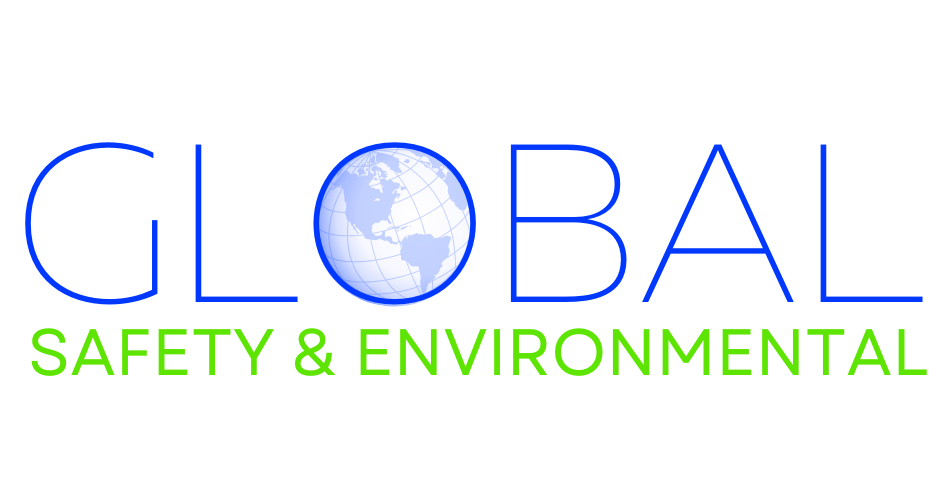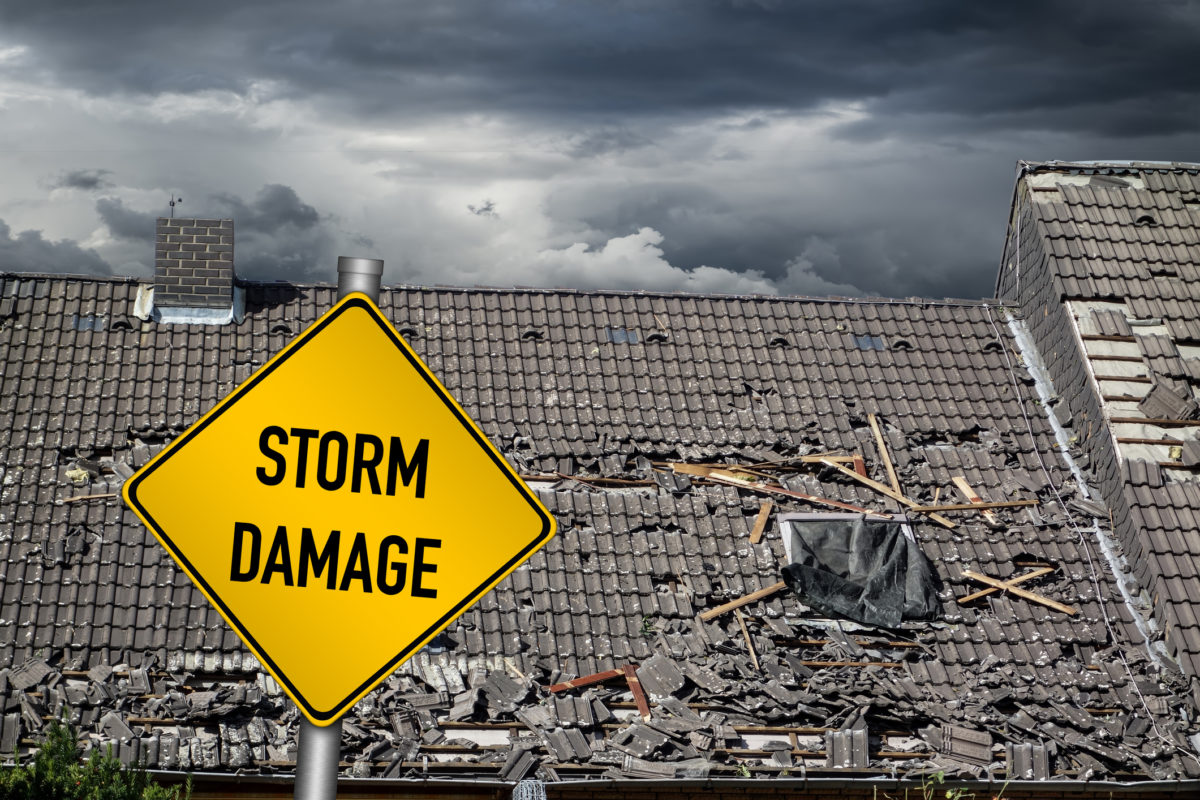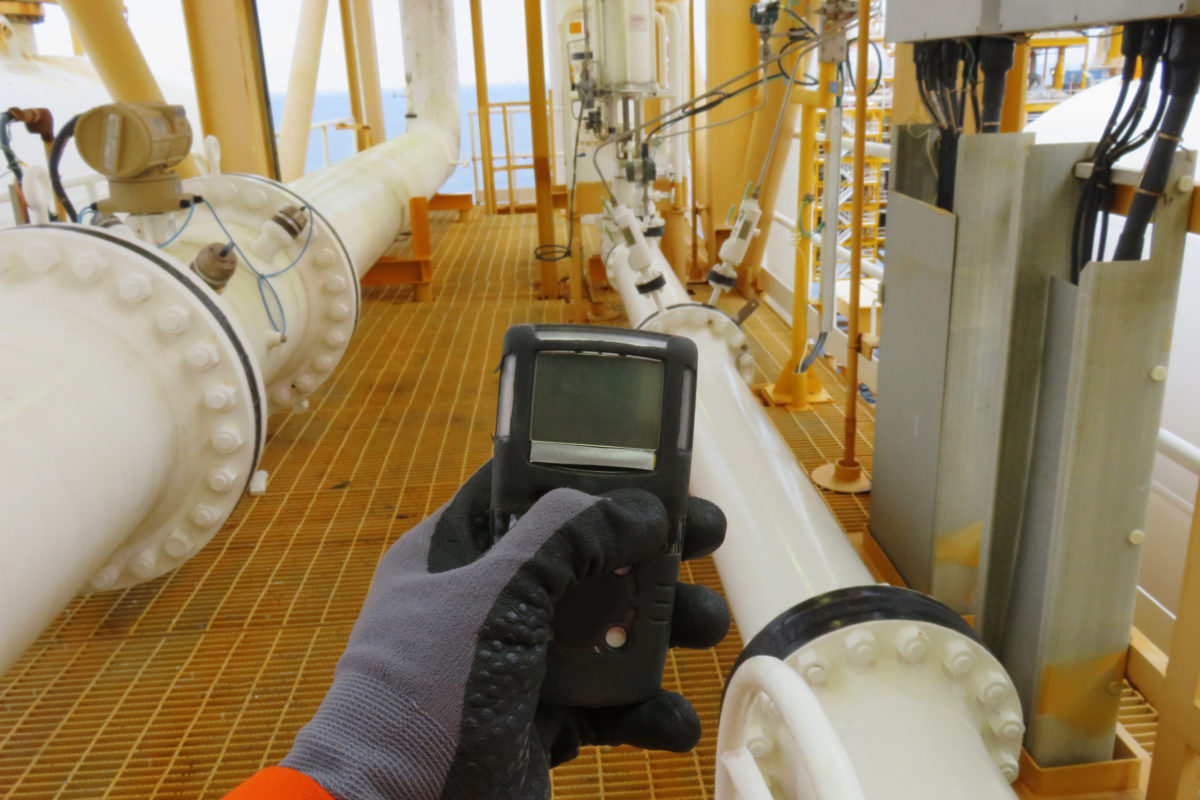As winter transitions to spring, workplaces encounter new safety challenges. While spring introduces warmer weather and longer days, it also brings hazards like flooding, severe storms, and fluctuating temperatures. According to OSHA, these seasonal changes can significantly affect workplace safety if not proactively addressed. Recognizing these risks and implementing strategies to mitigate them is essential for maintaining a secure work environment.
Understanding Spring Hazards in the Workplace
Seasonal hazards are influenced by environmental and operational factors. Historically, risks during spring were mainly weather-related. However, with diverse industries and complex work environments today, hazards now include unstable ground conditions, equipment malfunctions due to temperature shifts, and compromised indoor air quality.
OSHA recommends integrating seasonal safety assessments into regular workplace safety programs. Employers should review and update protocols to reflect the changing conditions each season brings.
Common Spring Hazards and Mitigation Strategies
Weather-Related Risks:
- Hazards: Heavy rain, thunderstorms, flooding, and strong winds can create slippery surfaces, electrical dangers, structural vulnerabilities, and even power outages.
- Preventive Measures: To mitigate weather-related risks, ensure that your workplace has proper drainage systems to prevent water accumulation, reducing the risk of slips and structural damage. Regularly inspect roofs, gutters, and downspouts for any damage sustained during winter, as these areas are prone to leaks. Secure outdoor equipment and materials to prevent wind damage, which can pose serious safety threats. Additionally, establish severe weather protocols, including clear evacuation routes and effective emergency communication plans.
Slips, Trips, and Falls:
- Hazards: Wet, muddy, and uneven surfaces from melting snow and rain increase the risk of accidents both indoors and outdoors.
- Preventive Measures: Reduce the risk of slips, trips, and falls by placing non-slip mats at all entryways to absorb moisture from shoes. Conduct routine inspections of walkways, stairs, and parking lots to identify and address hazards like loose tiles or uneven surfaces. Promptly repair cracks and potholes caused by freeze-thaw cycles to maintain even ground conditions. Encourage employees to wear appropriate footwear with good traction, especially in wet conditions.
Allergens and Air Quality Issues:
- Hazards: Pollen, mold growth from damp conditions, and dust accumulation can trigger allergies and respiratory issues, impacting employee health and productivity.
- Preventive Measures: To improve indoor air quality, ensure HVAC systems are regularly cleaned and filters are replaced to prevent the circulation of allergens and pollutants. Enhance workplace ventilation to reduce the concentration of airborne allergens. Monitor indoor humidity levels and control moisture to prevent mold growth, which can negatively affect respiratory health. Providing masks or other personal protective equipment (PPE) can also help employees sensitive to allergens.
Equipment and Machinery Concerns:
- Hazards: Temperature fluctuations can cause condensation, leading to rust and corrosion. Machinery that was idle during winter may experience mechanical failures if not properly maintained.
- Preventive Measures: Address equipment-related hazards by performing comprehensive pre-season inspections on all machinery. Check for signs of corrosion, wear, or other damage, especially in equipment exposed to fluctuating temperatures. Regularly lubricate moving parts to prevent rust and ensure smooth operation. Follow manufacturer guidelines for seasonal maintenance and storage to keep equipment in optimal condition.
Increased Outdoor Work and UV Exposure:
- Hazards: More outdoor work increases exposure to UV rays, leading to risks such as sunburn, heat-related illnesses, and dehydration.
- Preventive Measures: Protect employees working outdoors by educating them on the signs and symptoms of heat-related illnesses, such as heat exhaustion and dehydration. Provide shaded areas for rest breaks, ample hydration stations, and encourage frequent water intake. Supply sunscreen and recommend lightweight, UV-protective clothing to minimize the harmful effects of prolonged sun exposure. Implement work-rest schedules to ensure employees have regular breaks in cool environments.
Pest-Related Hazards:
- Hazards: Warmer weather leads to increased activity of pests like insects, rodents, and ticks, which can pose health risks and damage property.
- Preventive Measures: Regularly inspect the workplace for signs of pest activity, such as droppings, nests, or chewed materials, and address any issues promptly. Seal gaps, cracks, and other entry points in buildings to prevent pests from entering. Incorporate pest control measures into routine maintenance schedules to keep infestations under control, reducing health risks and property damage.
Construction and Renovation Activities:
- Hazards: Spring often marks the start of new construction projects, increasing the risk of worksite accidents, exposure to hazardous materials, and equipment-related incidents.
- Preventive Measures: Before starting any new construction projects, conduct thorough hazard assessments to identify potential risks specific to the site. Ensure all workers are trained on safe construction practices, including proper equipment use and hazard recognition. Maintain clear and open communication among teams to coordinate activities safely, reducing the likelihood of accidents caused by miscommunication.
Spring is an opportunity to reassess and enhance workplace safety protocols. By identifying potential hazards and applying targeted preventive measures, employers can foster a safer, more productive environment. Proactive planning not only safeguards employees but also ensures operational efficiency during seasonal transitions.
Now is the time to review your workplace safety plans and prepare for the unique challenges of spring. Safety is not a one-time effort but an ongoing process that adapts to changing conditions.
References:
For more information on workplace safety protocols, visit OSHA’s official website or consult with safety professionals.





